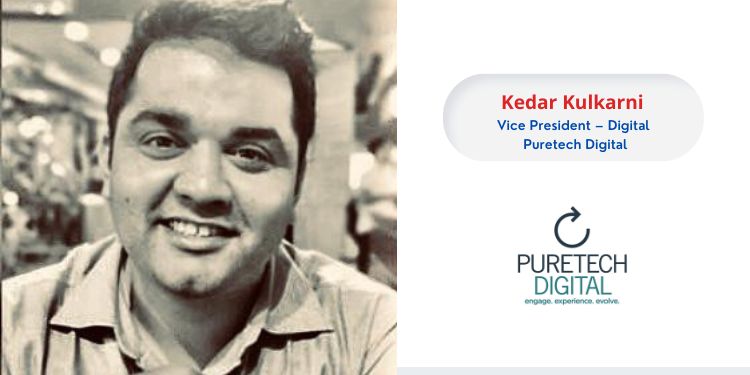Digital Marketing has been the buzzword and service that has evolved significantly, especially over the last decade or so. In 2010, the concept of Digital Marketing had 3 main components. In India, if you wanted to be an effective Digital Marketer, you needed to have knowledge of ‘Google AdWords & Search Engine Optimization (more focused on links & less focused on content at that time and age). Also, Publisher Display campaigns were popular & preferred by the then-evolved advertisers. So, as a brand, if you covered all these 3, you were already considered an evolved advertiser. The buy type of media inventory during these times was primarily focused on CPM or CPCs with Publisher, AdWords Platforms, or any other media type.
By 2012, Facebook started gaining more popularity in India, e-commerce businesses began to creep in & the Google Ads ecosystem started evolving towards outcome-driven marketing. It’s not that Digital businesses were profitable back then, but they were getting increasingly popular. Still, the majority of spends used to be pushed towards visibility led or awareness-led marketing efforts by major brands.
By 2013, a new generation of people started spending more time on their phones; thanks to Instagram & its growing popularity, digital Interactions flourished, and everyone was using their phones more extensively. Due to the convenience & ease of usage, the influx of users in the digital ecosystem was phenomenal. Along with that, the psychological influence of channels like Instagram & Facebook, e.g. FOMO – fear of missing out – started manifesting the digital growth.
The influx of so many new users & the growth of advertiser spends on the Online Platforms enabled the rise of Impact Based & Result Based bidding strategies. By 2016, the Google AdWords was mature enough to move towards Target Based Smart Bidding. Increasing number of signals about users & the time spent on platforms gave more insights to the platforms into the user behaviour. This allowed the platform algorithms to work in full swing & improve their machine learning models to help advertisers find more people who exhibited similar behaviour. Apps became a large part of content & internet consumption, not limiting to social media. Audience-based advertising came to the foray & gained a lot of momentum after the induction of machine learning algorithms.
The rise of Look-A-Like audiences, Customer Match campaigns & Similar Audience concepts allowed advertisers to integrate the new machine learning models into finding new audiences that are similar to the people who exhibited an important action (e.g., a purchase or subscription).
In 2022, the reality of this business & the considerations of advertising online have changed drastically. Today, the advertiser has the option to focus on Bottom of the Funnel Metrics like (Sales, Revenue, ROAS, Leads, Conversions, etc.) from the advertising platforms. Two of the biggest platforms – Google & Facebook allow advertisers to optimize campaigns on multiple goals which are related to the business outcomes. Alongside, the sensitivity amongst advertisers to use their 1st party data to reach out to existing customers & finding customers like the profitable ones from their list has also increased. The several new platforms allow this functionality to optimize the outcome of their ad spends to a desired business action. Thus, increasingly, more & more advertisers want to focus on an ALWAYS ON performance marketing strategy which is dedicated towards business outcomes primarily.
Based on business maturity & short-term & long-term goals, any business today should allocate anywhere between 20% – 80% of their Digital Media Budgets on Performance Marketing. It will be interesting to see the impact of the same in the cookie-less world.
Views expressed are personal.
















